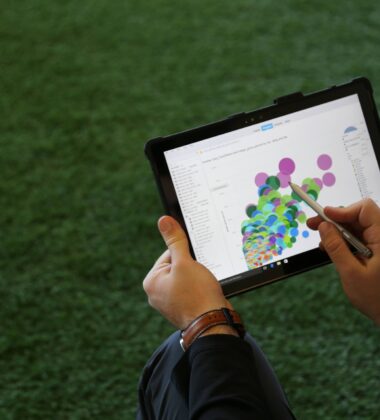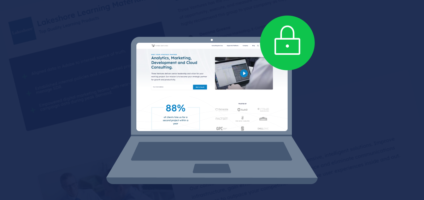An identity graph is a method to identify a returning user, customer or lead over longer periods of time when cookies might not work. Giving you more insight in the Customer Journey and improving your marketing attribution. This article describes how parties like Hubspot, Facebook and Google use this in their platforms or how companies can build their own identity graph in their data warehouse.
GA4 event parameters enhance analytics by offering deep insights into customer behaviors through added context to actions such as page views or transactions. Although integrating these parameters via GTM in the GA4 config tag is easy and affects all subsequent events, this approach can lead to inaccuracies if parameter values are not immediately available or if they change. For more precise and...
Server side tagging is a new approach to collect analytics data from web browsers and mobile apps. A typical tagging for analytics data collection relies on the front end to run code snippets, collect data, and send them to analytics servers. In server side tagging, most of the codes run on your server(s) with more flexibility and additional control.
Seeing "other" in your Google Analytics 4 property is a very big problem that most of us will face. Specifically, Google does this in the name of privacy for end users not being able to be identified, or from your account architecture reaching the "free" limits of GA4. Read more about the causes and solutions with the post below.

























